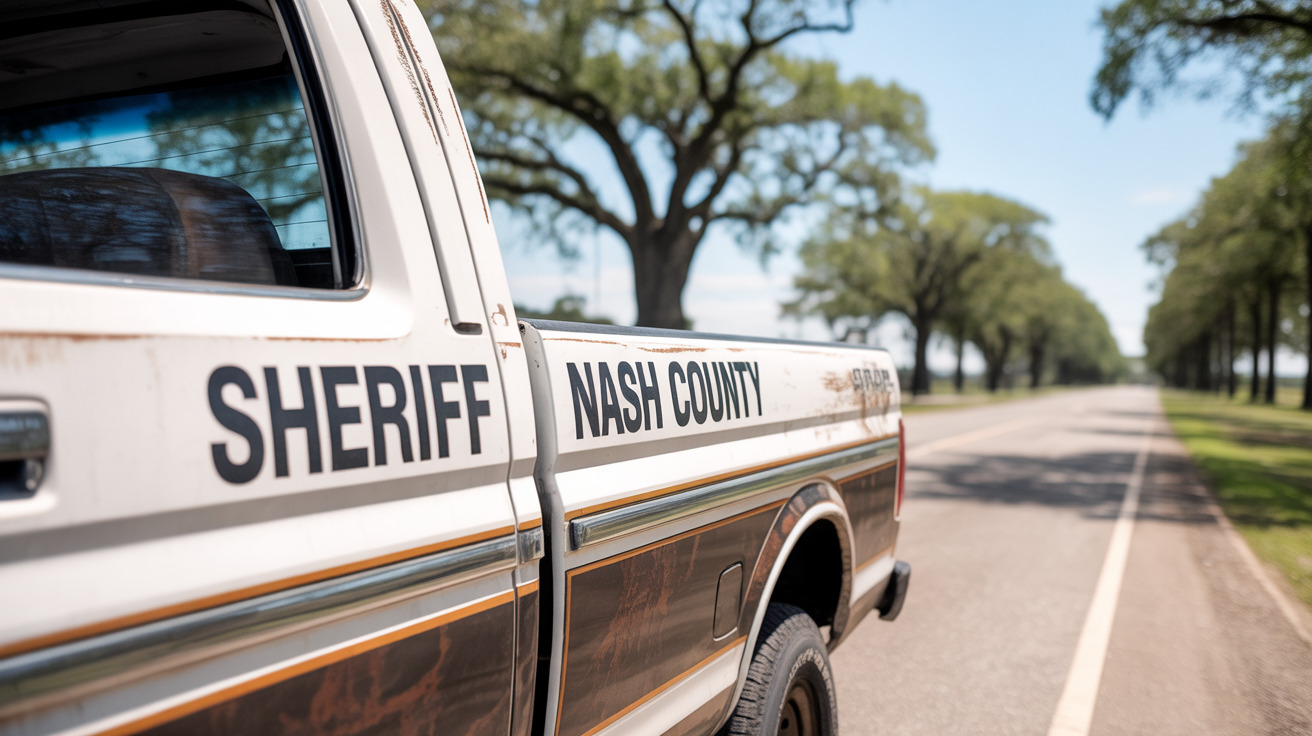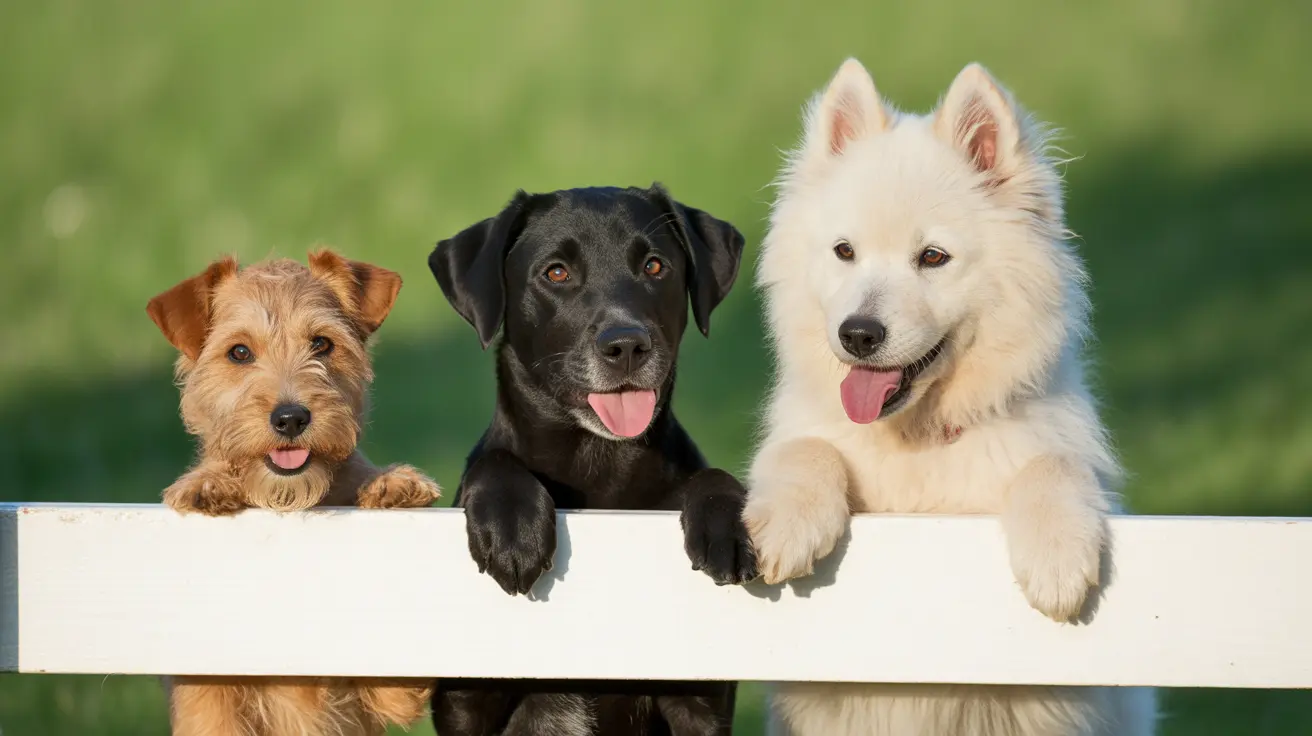Understanding Dog Play: Is Neck Biting Normal?
When two dogs engage in rough-and-tumble play, it’s common for dog owners to feel uncertain, especially when it involves behaviors like biting each other’s necks. This type of interaction can look alarming, but in many cases, it is a perfectly normal part of canine social play. Recognizing the difference between healthy play and potential aggression is key to ensuring your dog’s safety and happiness.
What Constitutes Normal Dog Play?
Dog play often mimics behaviors seen in real fighting. This includes chasing, growling, tackling, and yes, even biting. Animal behavior researchers refer to it as "play fighting" because it mirrors combat in form but not in intent.
Normal play is characterized by the following:
- Loose, relaxed, and bouncy movements
- Exaggerated motions and voluntary vulnerability, such as belly exposure
- Play bows as invitations to continue
- Role reversals, where dogs take turns being chased or pinned
- Self-imposed pauses to regulate intensity
All these behaviors show that the dogs are engaged in a mutual and friendly activity, even if it sometimes appears wild or aggressive to human observers.
The Role of Neck Biting in Play
Neck biting is a normal aspect of canine play. Dogs tend to aim for the neck and shoulders because it is an accessible area and mimics behaviors seen in bonded dogs or pups learning boundaries.
Importantly, role reversal and bite inhibition are key indicators that the play is still within safe boundaries. Dogs signal to each other if a bite is too hard—often by yelping or pausing. If the biting dog respects this cue, the play continues safely.
Understanding Bite Inhibition
Bite inhibition is a vital skill that dogs learn during their early social development, particularly between 3–6 weeks and strengthening between 16–20 weeks of age. Through play, puppies learn to use their mouths without causing harm. If one puppy bites too hard, the other may end the session temporarily. Over time, this teaches dogs how to mouth gently.
Neck biting during play helps reinforce this lesson, provided the play remains mutual and friendly.
Signs That Play Might Be Escalating
Despite the normalcy of rough play, it's essential to recognize when play is turning too intense or teetering on aggression. Watch for the following warning signs:
- Stiff body posture
- Pinned ears and closed mouths
- Low, warning growls or snarling with curled lips
- Lack of role alternation in chasing or wrestling
- One dog repeatedly trying to escape or disengage
- Quick and tense movements without looseness
These behaviors suggest that at least one dog is no longer playing. Intervention is needed to avoid escalation.
Promoting Safe Dog Play
Here are effective tips to keep playtime safe and enjoyable:
- Monitor for mutual engagement: Ensure both dogs appear eager to continue.
- Supervise play sessions: Especially important when dogs are new to each other.
- Understand body language: Learn to see the difference between playful and stressed signals.
- Avoid letting dogs gang up on a single dog in group settings.
- Remove high-value items such as toys or treats to prevent resource guarding.
- Give breaks: If play gets too intense, redirect attention or let the dogs cool off.
Not All Dogs Enjoy Rough Play
While many dogs enjoy roughhousing, including neck biting, not all are suited for it. Some dogs may be overly sensitive, get overwhelmed easily, or react aggressively to physical interactions. In such situations, it’s best for those dogs to play with familiar companions at home rather than in public dog parks.
If a Real Fight Breaks Out
Despite the best monitoring, fights can still happen. Never get between fighting dogs with your hands or body. Instead, use these safer options:
- Make a loud noise to interrupt the fight
- Use water spray to distract them
- Place a barrier like a baby gate or object between them
If a dog continues to behave aggressively, consult a professional trainer or veterinary behaviorist.
Takeaway
Yes, neck biting is a normal and common part of dog play, provided it is gentle and both dogs are engaging willingly. Watch for positive cues, ensure the dogs take turns, and always supervise new relationships. With proper socialization and consistent supervision, dogs can enjoy safe and fun play sessions where behaviors like neck biting are just another way of learning and bonding.





